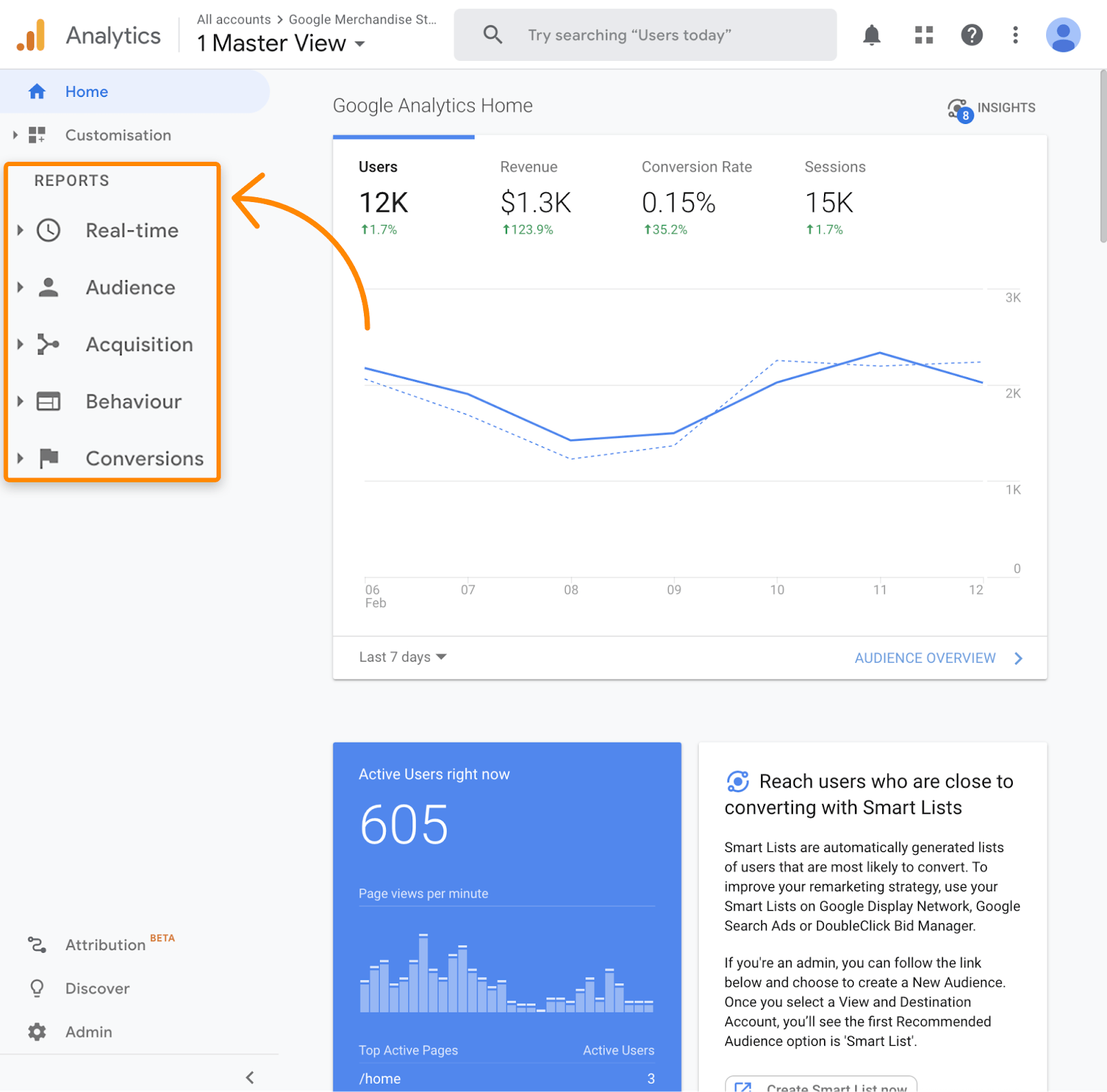In-Depth Consider Secondary Dimensions in Google Analytics: Meaning and Best Practices
In-Depth Consider Secondary Dimensions in Google Analytics: Meaning and Best Practices
Blog Article
Optimizing Your Data Analysis With Secondary Dimension in Google Analytics for Informed Decision-Making
Google Analytics, a powerful tool in the hands of digital marketing professionals and experts, provides a function recognized as Second Dimension. By tapping into the capabilities of Secondary Dimension, users can acquire a much more comprehensive sight of their data, allowing them to make strategic choices based on a more nuanced and comprehensive analysis.
Comprehending Additional Dimension Functionality
Understanding the secondary dimension capability in Google Analytics enhances the deepness of information analysis by providing additional context to key metrics. By including an additional dimension, analysts can sector and contrast data, acquiring insights that would certainly or else continue to be concealed. This function allows users to watch information via various lenses, such as the source of traffic, individual actions, or geographical area, supplying a more comprehensive understanding of site performance.
When looking only at primary metrics,Making use of secondary measurements can reveal patterns and connections that might not be obvious. Matching the key metric of web page views with an additional measurement like tool category can discover whether particular devices drive more web traffic to details pages. This information can then notify website optimization techniques customized to various tool users.
Carrying Out Second Measurement in Reports
Building upon the insights gotten via second measurement analysis, incorporating these dimensions successfully right into records in Google Analytics is essential for drawing out actionable data-driven decisions. what is a secondary dimension in google analytics. By applying second dimensions in reports, users can delve much deeper right into the performance metrics of their website or app. This feature enables a more extensive analysis by offering extra context to the main dimension chosen
To apply a second measurement in records, merely browse to the wanted record in Google Analytics and click the "Second measurement" tab situated above the data table. From there, individuals can pick from a wide variety of second measurements such as 'Source/Medium', 'Tool Category', or 'Touchdown Web page'. Choosing the most appropriate second dimension will certainly depend on the specific understandings you are seeking to discover.
Using second dimensions in reports not just improves the depth of evaluation yet additionally aids in recognizing patterns, patterns, and connections that might have or else gone unnoticed. This strategic strategy to data analysis allows organizations to make educated decisions that drive development and success.

Analyzing Information With Second Measurements
Upon integrating secondary dimensions into data analysis within Google Analytics, an in-depth exam of key efficiency indications can be achieved, offering important insights for calculated decision-making. By making use of second measurements, experts can better study their primary data dimensions, such as web traffic resources or customer demographics, to discover patterns or patterns that might not be promptly obvious. This deeper level of analysis permits a much more detailed understanding of individual actions and communications on a website or digital platform.
Analyzing data with additional measurements makes it possible for marketing experts and website owners to respond to more certain inquiries about their audience, content performance, and advertising and marketing efforts. By integrating the key dimension of traffic resources with a secondary measurement like click here to read geographical location, services can identify which areas drive the most important website traffic to their site. This sort of granular insight can educate advertising strategies, web content creation, and web site optimization efforts to much better cater to the demands and choices of their target audience.
Leveraging Second Dimensions for Insights
By including secondary dimensions successfully, analysts can remove deeper understandings from data embed in Google Analytics, boosting the understanding of individual behavior and performance metrics. Leveraging secondary dimensions includes incorporating different characteristics or metrics with key data to discover patterns and patterns that may not appear in the beginning glance. As an example, by adding an additional measurement such as 'Device Group' to a record on web site web traffic, analysts can recognize whether individual habits differs across different tools like desktops, smart phones, or tablet computers.
Furthermore, utilizing secondary dimensions enables analysts to section information much more granularly, allowing them to identify particular audience sections or geographical locations that display distinctive behaviors. what is a secondary dimension in google analytics. This segmentation can be critical in tailoring advertising strategies, enhancing web site material, or boosting user experience based on the unique characteristics of each sector
Fundamentally, leveraging second dimensions in Google Analytics empowers analysts to dive much deeper into data, acquire meaningful understandings, and make educated choices that drive service growth content and success.
Enhancing Decision-Making Through Secondary Measurements
Making use of additional dimensions in information evaluation supplies a calculated benefit by discovering workable insights that drive informed decision-making in Google Analytics. By enhancing decision-making through second dimensions, individuals can dive much deeper into their data to extract valuable details that might not be immediately noticeable. These extra dimensions supply an even more detailed view of user habits, interactions, and end results, allowing analysts to make more enlightened choices based on concrete information.
Through the usage of secondary measurements, experts can section and filter information to determine patterns, trends, and connections that may affect decision-making processes. This improved degree of granularity permits a more targeted technique to analyzing information, leading to even more informative and accurate final thoughts.
Moreover, additional measurements provide the chance to contrast different data factors side by side, promoting a more thorough examination of performance metrics and KPIs. By leveraging additional dimensions successfully, companies can optimize their techniques, boost user experiences, and inevitably accomplish their goals with self-confidence.
Conclusion

Structure upon discover this info here the insights acquired via secondary dimension evaluation, including these dimensions efficiently right into records in Google Analytics is important for removing workable data-driven decisions.To execute a second measurement in records, simply navigate to the wanted record in Google Analytics and click on the "Secondary dimension" tab situated over the information table. By utilizing additional measurements, experts can better dissect their primary information measurements, such as traffic sources or individual demographics, to reveal patterns or fads that may not be quickly obvious. By combining the primary dimension of web traffic resources with an additional measurement like geographical area, businesses can determine which areas drive the most valuable web traffic to their website.By including secondary dimensions successfully, experts can extract deeper insights from information collections in Google Analytics, boosting the understanding of customer actions and efficiency metrics.
Report this page